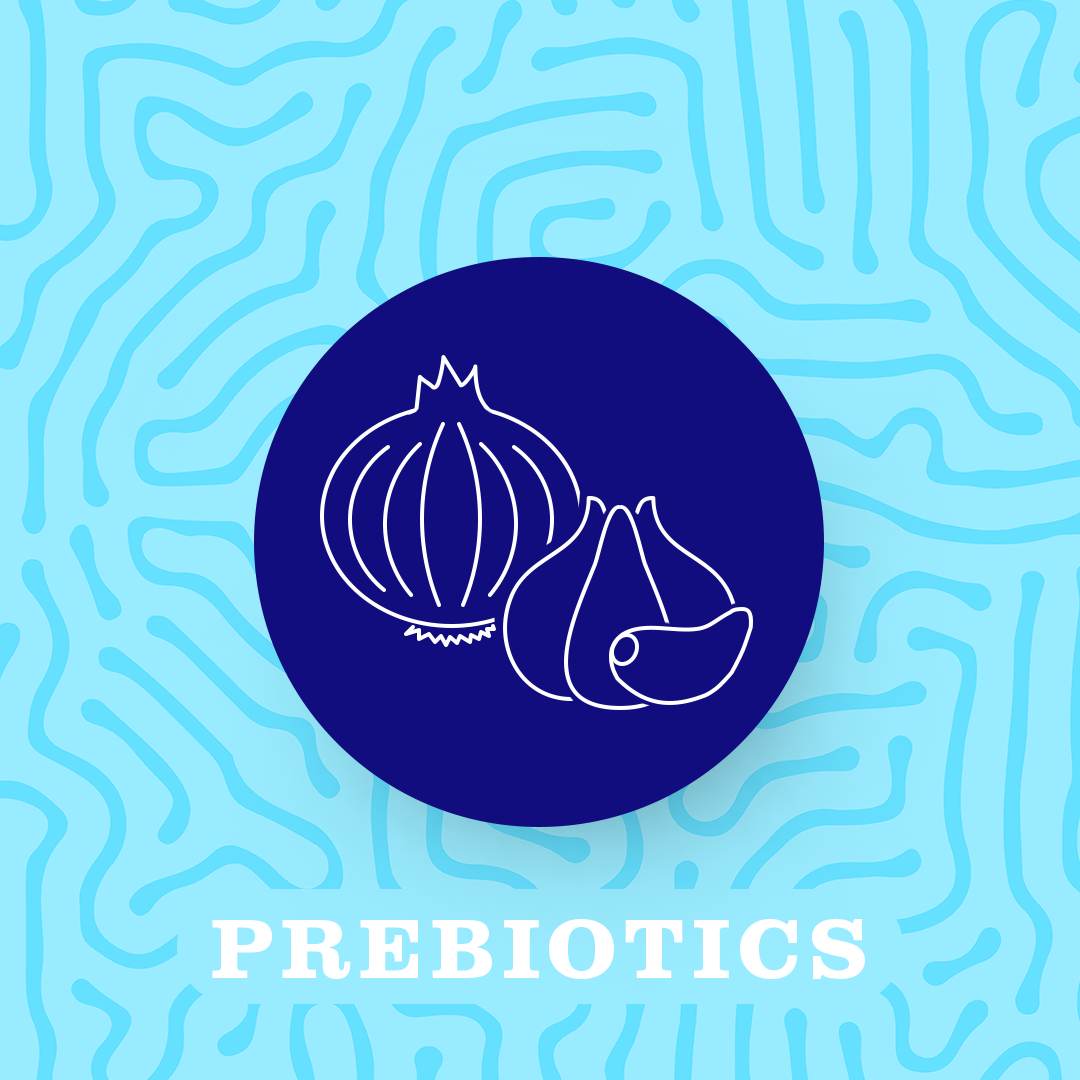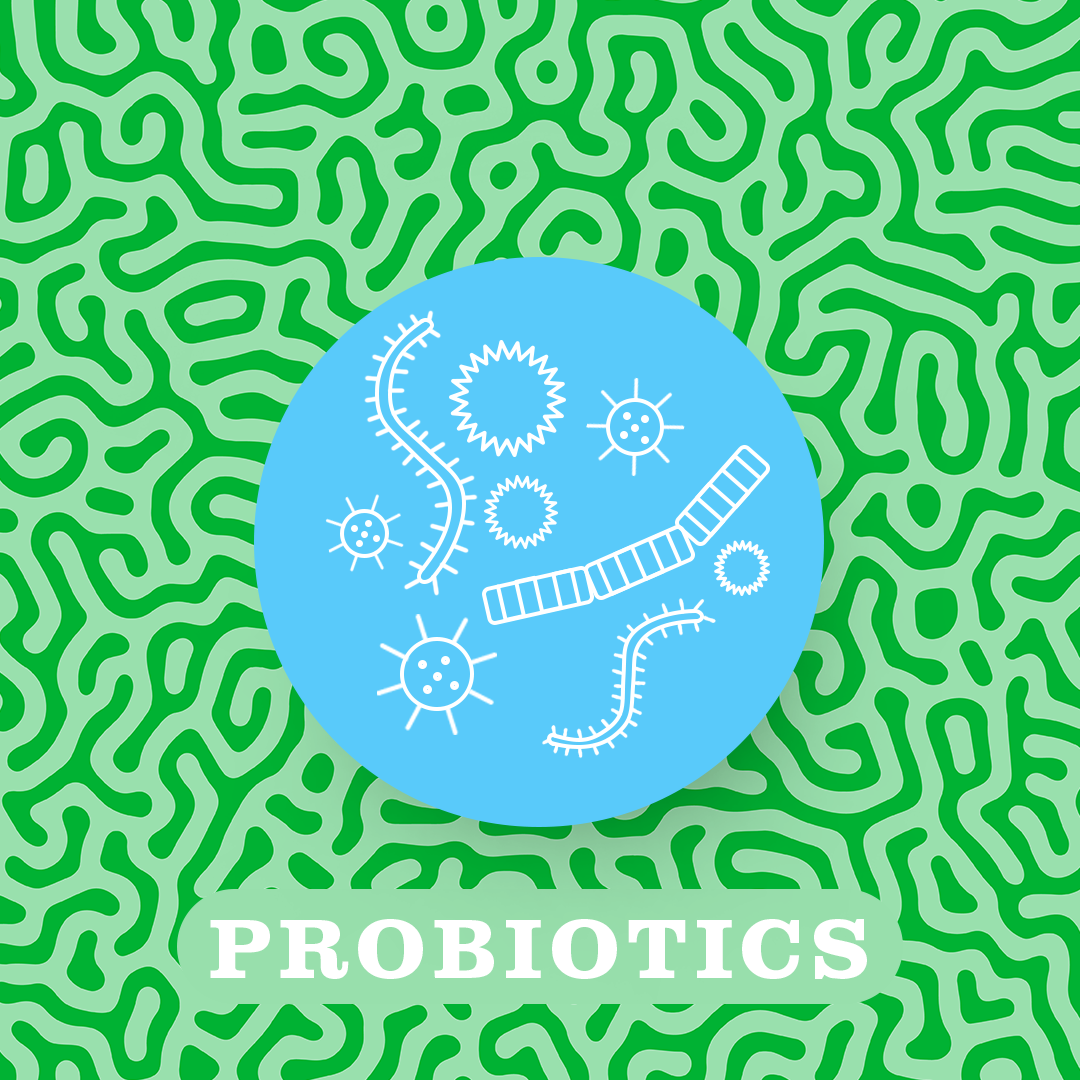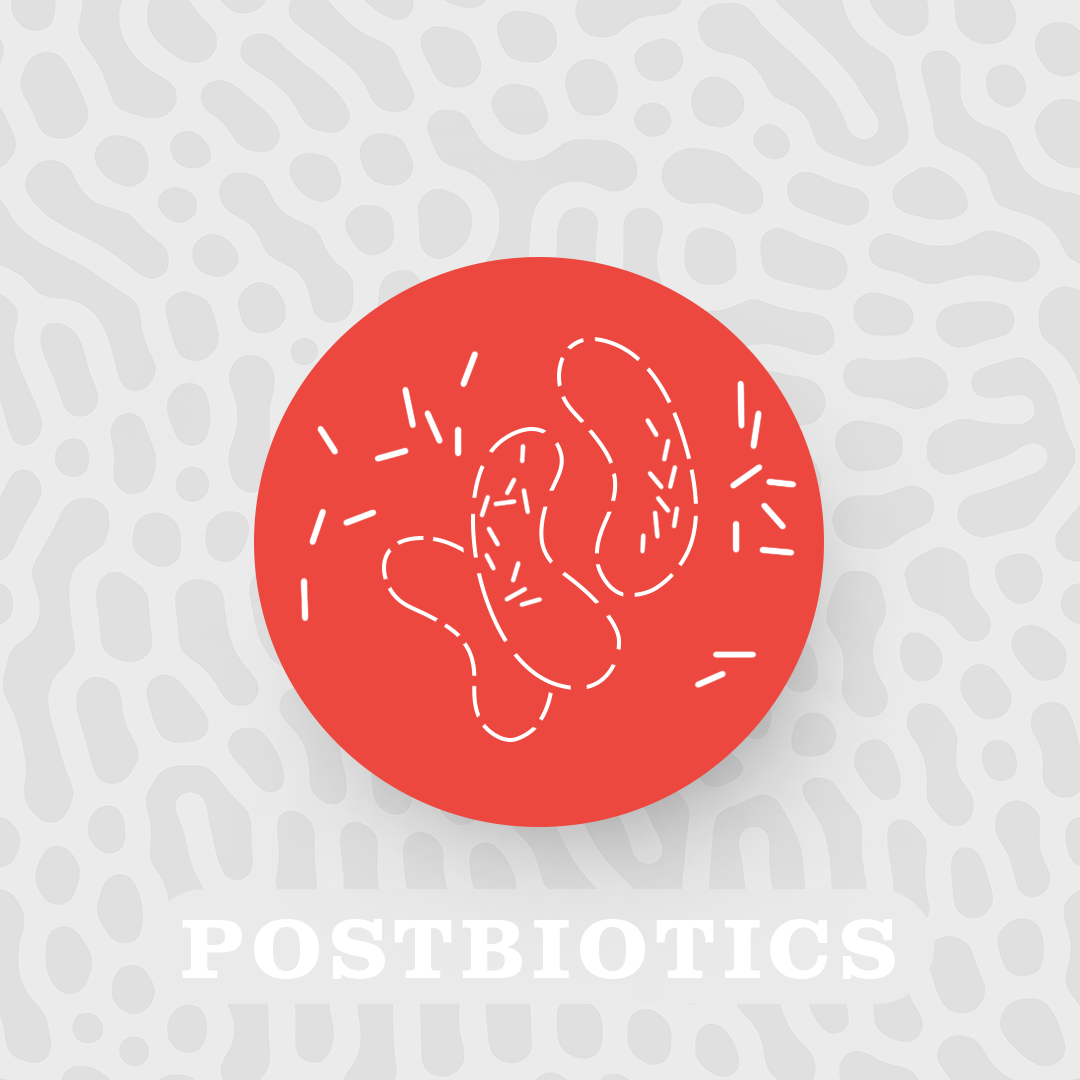When the microbiome is thrown off balance, a whole range of skin and other health conditions can occur, ranging from dry skin and acne to stomach conditions.
As a result, health and wellbeing companies are more and more looking to target the microbiome when developing new products. These products and supplements tend to fall into 1 of 3 categories: Prebiotics, Probiotics and Postbiotics.
Prebiotics

First, we’ll look at Prebiotics…
First coined in 1995, the term ‘Prebiotics’ refers to non-digestible food ingredients that, by definition, have a health benefit – most commonly taken orally to promote the growth of beneficial bacteria in the intestine. Examples include components of whole grains, bananas, greens, onions, garlic, soybeans and artichokes.
By encouraging growth and activity of beneficial bacteria, prebiotics consequently protect and nurture our skin. In other words, feeding our insides protects our outsides!
In order to ‘feed’ our beneficial gut bacteria, dietary and supplement prebiotics must avoid being digested in the stomach which provides a challenge and is encouraging innovation in the field.
However, prebiotics are not exclusively linked to the gut and can be administered directly to other microbial hotspots – including the skin, with topical prebiotic skincare an emerging area in studies.
Only a few prebiotic health claims have been approved to date, with the true health benefits of prebiotics being a source of contention, but, who knows, we may see more of them in the future!
Refs:
Dermatology Times – Torjesen, 2020
Nature Reviews Gastroenterology & Hepatology – Gibson et al, 2017
Probiotics

With the increasing popularity of products like Kombucha and probiotic yoghurts, probiotics are perhaps the most well-known of the 3 types.
Probiotics are defined as microorganisms introduced into the body for their beneficial qualities. In other words, probiotics contain live bacteria which we can add to our own healthy microbes in order to support our immune systems and eliminate pathogens. The current nomenclature was first used in 1950, yet is based on scientific observations made some time earlier in 1907.
Probiotics have even more challenges than prebiotics. The live microorganisms bring about many questions around safety and stability – they mustn’t hurt us and must survive long enough to sit on the shelves and in our cupboards. (Our interview with Mother Dirt explored these issues in detail.) On top of that, as with prebiotics, few health claims have actually been authorized by regulatory bodies.
Despite these issues, there are an increasing number of probiotic beauty products on the market – many using inactivated, rather than living, microbes. However, many of these products are actually based on components released by microbes rather than the whole organism.
Ref: Frontiers in Microbiology – Martin and Langella, 2019
Postbiotics

We’ve talked about Prebiotics and Probiotics… now what exactly are Postbiotics?
The lesser known cousin of prebiotics and probiotics, postbiotics (a term unofficially adopted by the scientific community) are newly emerging as is the evidence surrounding their benefits.
Postbiotics are non-viable bacterial products (e.g. cell-wall components) or metabolites released by beneficial bacteria, such as vitamins and lactic acid. In other words, they come from the fermentation (breakdown) of bacteria. In practice, they are created from cultures of probiotics that selectively influence the microbiome for healthier outcomes.
Therefore, many microbial ferment lysates and extracts present in probiotic cosmetics can be thought of as postbiotics.
It is thought that the reported health benefits of fermented milk products, such as live yogurts, are due more to the products of fermentation than live microbes surviving digestion and exerting beneficial effects.
Looking into fermentation products of skin bacteria, studies have shown that postbiotics from skin bacteria actually have potentially powerful active ingredients e.g. C. acnes ferment may suppress community-acquired methicillin-resistant Staphylococcus aureus (MRSA) – a well-known ‘super bug’ known to cause difficult-to-treat infections.
Who knows what other benefits we may discover!
Ref: Beneficial Microbes – Collado et al, 2019
Want to learn more? Take a look around our Content Hub for similar content and/or check out the blogs below.
Additional Sources:
https://thesecretlifeofskin.com/2019/05/08/unlocking-the-different-skincare-approaches-from-the-microbiome/
https://thesecretlifeofskin.com/2019/04/29/formulating-skin-care-products-with-prebiotics-probiotics-and-postbiotics/
